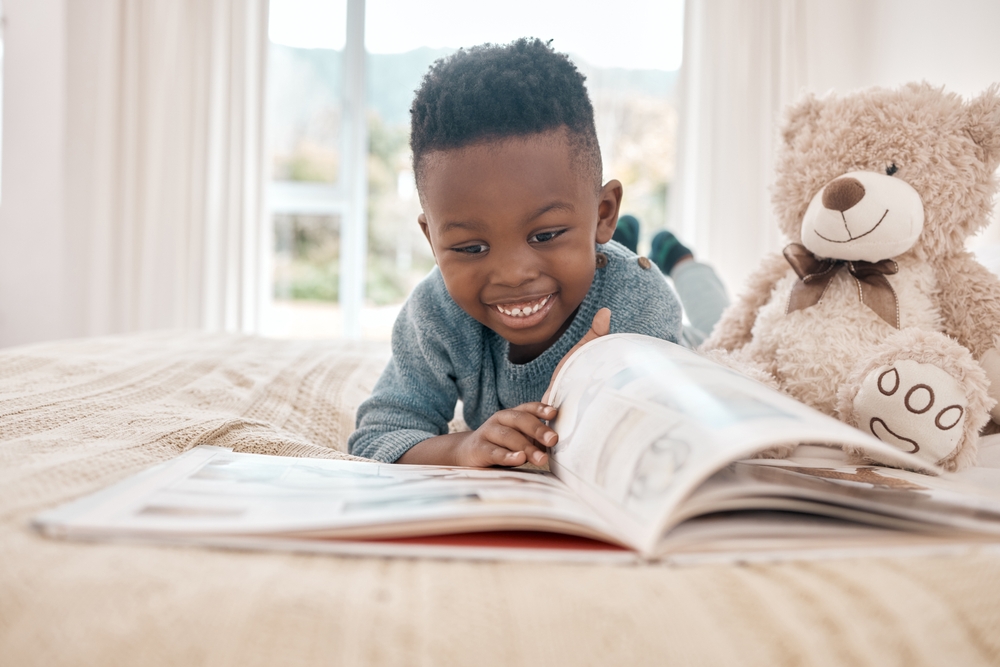Here at Adopters for Adoption, we have first-hand experience of adoption, with some of our team having adopted themselves or were adopted in childhood. So, we know how crucial it is for children to learn about their history and embrace their identity to help them move forward and develop a sense of belonging.

Why Embracing Identity is Important for Adopted Children
Imagine that you are a young child who has recently been adopted. You may have memories of your birth family and possibly of a foster family too, but now you are living with your ‘forever family’. You may feel anxious and confused, blaming yourself for your adoption. You may struggle to trust your new family and wonder where you belong.
By embracing identity, adopted children can learn about their history and why their adoption occurred. It can help them understand that their adoption was not their fault and give them a platform to develop healthy attachments, heal and grow.
What is life story work?
Life story work is a process that helps adopted children understand their history and why they were adopted so they can form a sense of identity. As a parent, you can help children with life story work, but they may also have life story work sessions with a therapist and social worker.
Life story work aims to support children’s understanding of their past, explore their feelings and work towards accepting their circumstances and the emotions they evoke. As a parent, you can dedicate time to life story work sessions or let conversations flow naturally.
Life story work must be appropriately timed so your child can fully absorb the details of their journey, and need support from you and sometimes a therapist to make sense of any emotions that surface.
Post-session or conversation, we recommend that your child has some quiet time to absorb and reflect on what they have learned and an outlet for their emotions, such as a journal.
Life story work activities
Life story work can help build trust between you and your adopted child and will develop as you provide them with consistent, loving and nurturing care. When your child knows they can share their thoughts, feelings and experiences without fear, they’ll feel more comfortable engaging in complex discussions about their past.
Whether you allocate time to life story work sessions or prefer conversations to flow naturally, here are some tips to support life story work:
- Make sure your child feels comfortable by having sessions or conversations in a familiar environment.
- You can make conversations feel less intense by talking to your child whilst playing together.
- You could draw a timeline together or create a paper chain that links events. This will help you see how much they already understand, and you can fill in the gaps.
- If they struggle to articulate their feelings with words, you could ask them to draw a picture or paint.
- You could create a family tree together and ask them to include the people that matter to them. This could open conversations about their birth family.
- Read stories together about adoption. Delly Duck: Why a Little Chick Couldn’t Stay with His Birth Mother is a lovely story that explains adoption with empathy for everyone.

What are life story books?
Life story books support life story work by joining the dots between the past, present and future so your child can understand their journey.
They contain details about your child’s life in chronological order with visual aids to make it easier for them to understand. They usually include photographs, drawings, memories, achievements and documents like certificates and letters.
They can also help you, as a parent, support your child with their trauma because they offer a window into their lives. So, you can recognise the parts of their journey that have contributed to their trauma, giving you a deeper understanding of the links between their trauma and behaviour.
The book is also a keepsake you and your child can work on together once they start living with you. You could include:
- Dated photos of holidays, religious festivals and days out, with details and a backstory of the photo.
- Photos of significant people and pets.
- Birthday cards and invitations.
- Their favourite foods, films, music, activities and books.
- Achievements, like when they learnt how to ride a bike or swim.
- Drawings, paintings and other crafts they’ve made.
Benefits of life story work
Life story work can benefit both you and your adopted child in numerous ways:
- Your child will know why they were adopted, so they don’t blame themselves.
- It gives your child an opportunity to explore their emotions about their adoption.
- It helps understand your child’s trauma so you can support their healing.
- Honesty about your child’s journey into adoption can strengthen your bond and establish trust.
- It teaches children about communicating their feelings.
- It allows children to accept their adoption and the feelings it induces.
- It can build their self-esteem and confidence.
- It lets your child know that they are loved.
- It can prevent your child from using other means, such as social media, to research their birth family.
Adoption and Cultural Identity
If you adopt a child who is of another culture, ethnicity or faith, it is crucial that this part of their identity is not only honoured but celebrated and encouraged. If it’s not, they may struggle to understand where they belong or feel resentful that these fundamental parts of their identity have been ignored. You can help your child explore their cultural identity by:
- Celebrating religious festivals and other culturally specific occasions as a family.
- Reading books about their heritage together.
- Cooking food from their culture together.
- Learning their birth parent’s language together.
- Visiting buildings of significance to their background.
- Encouraging them to practice their faith.
- Finding positive role models from the same culture, ethnicity or faith.
- Exploring their heritage through film, TV and music.
If you are considering adoption and would like advice about the adoption process or our support for children, we’d love to hear from you.

